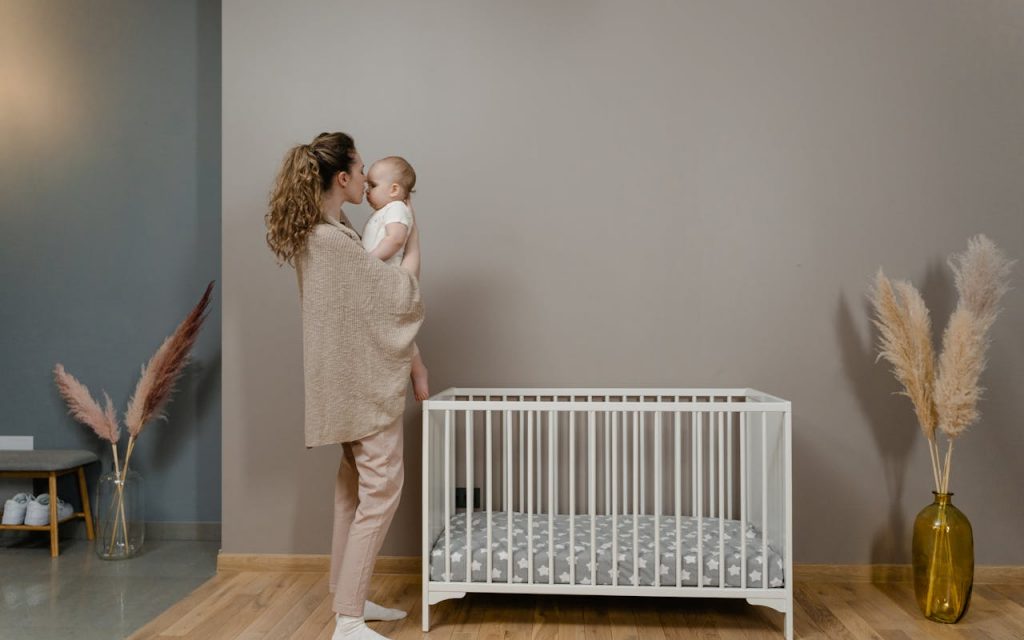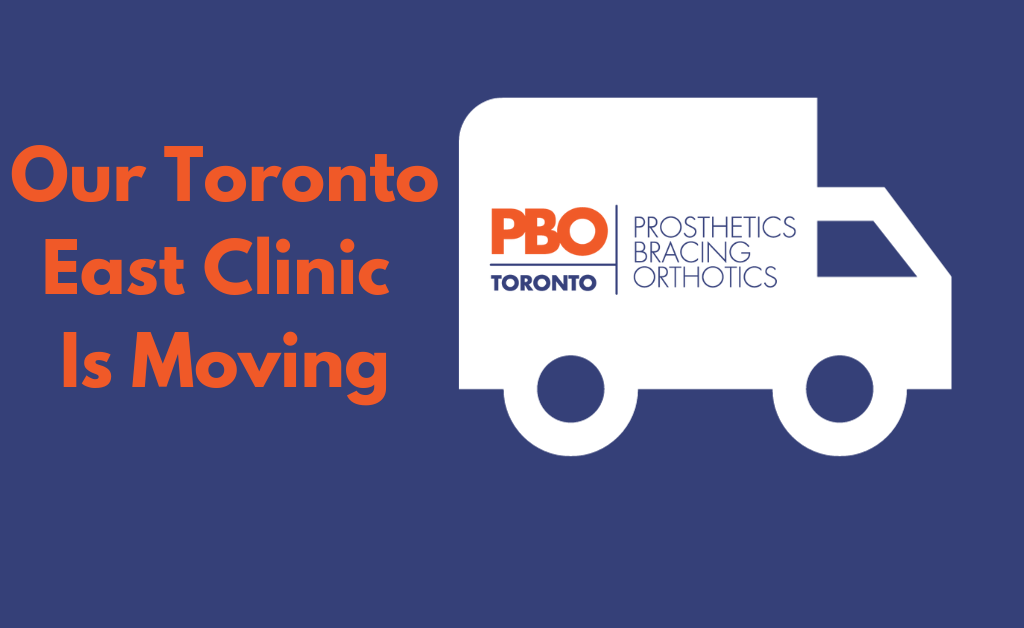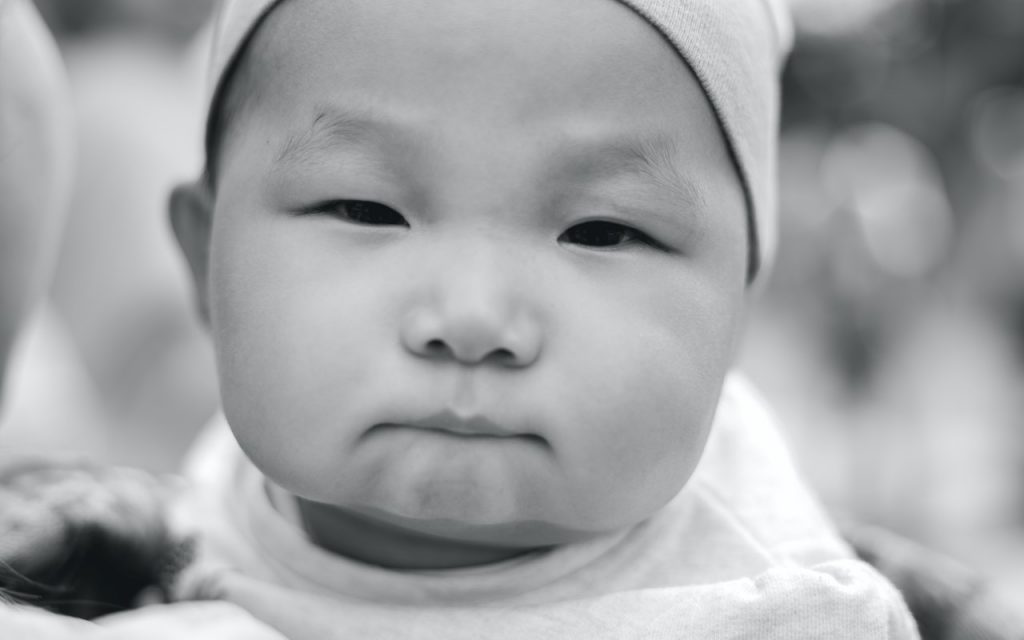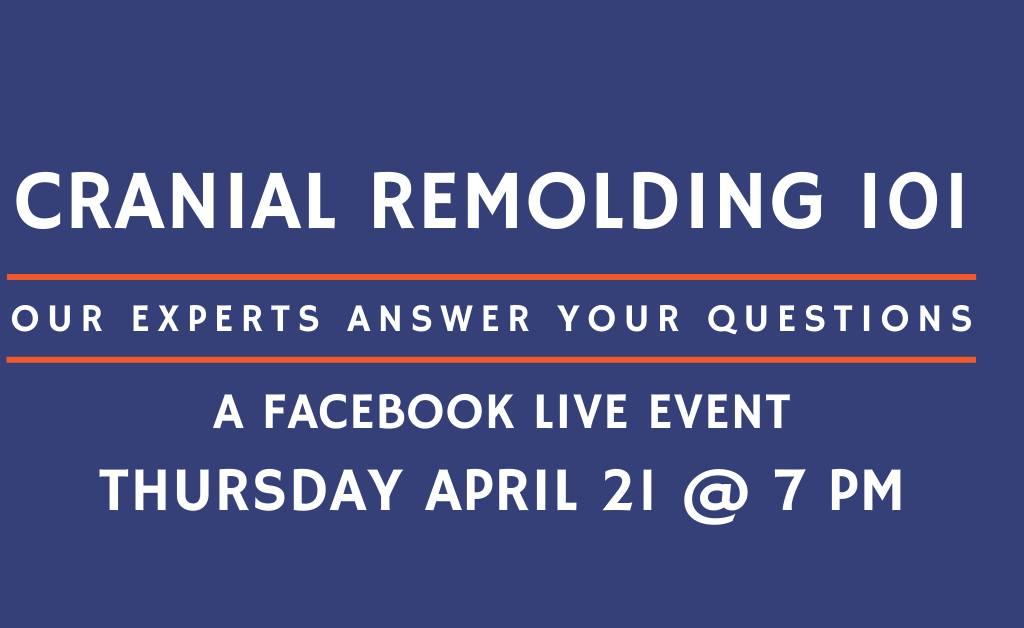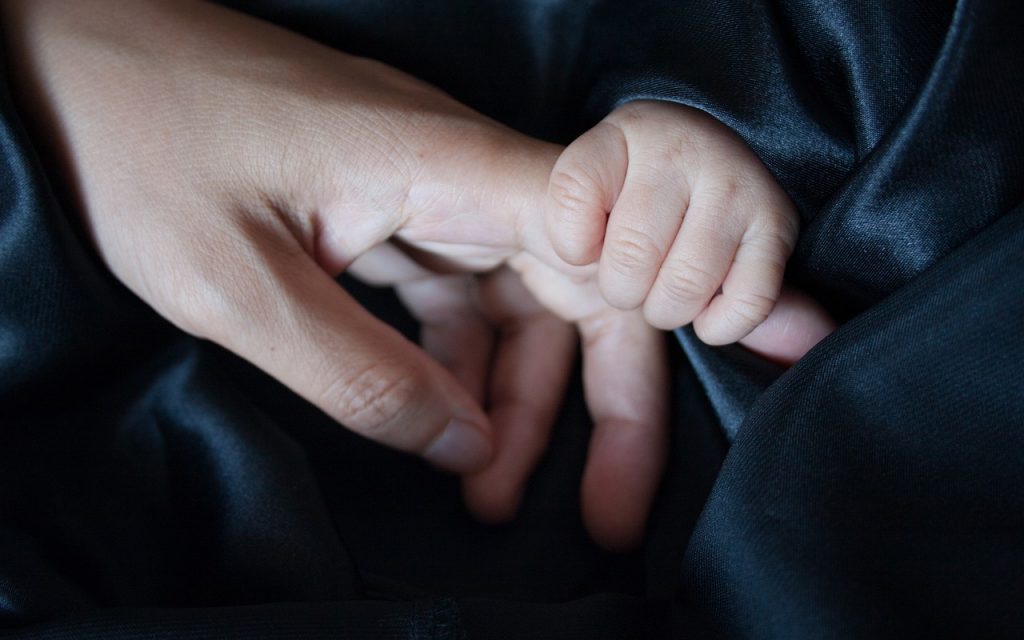A helping hand for precious little heads
Are you concerned that your little one’s head may be asymmetrical or flat? The time to act is now and PBO Group is here to help you every step of the way.
The best outcomes with helmet therapy are achieved when babies are between five and six months old. At PBO Group, we use the latest technology to assess your child’s head and the highest quality materials to create a customized helmet. A 3D scanner is used to capture detailed statistics about your child’s head, which allows us to easily measure the impact that the helmet is making over time. Our talented technicians love crafting custom solutions for our clients and will work closely with you to create a helmet that’s a true reflection of your baby’s unique personality. Our 3D-printed devices are made with a moisture-wicking liner for improved infant comfort.
Cranial Remolding services are offered at PBO Niagara, PBO Kawartha, PBO Barrie and PBO Owen Sound.
Money Matters: Most major insurance plans cover a portion of the cost of cranial remolding helmet. As part of our commitment to best-in-class client care, PBO staff is happy to assist with submitting insurance documents to the appropriate parties.
Patient Resources
To access our full library of helpful information click here.
Frequently Asked Questions
Browse our list of frequently asked questions about Cranial Remolding or click here to view all FAQs.
Most importantly, get assessed your child assessed in a timely manner. Treatment of flat head syndrome is time sensitive. Our clinics do not charge for initial assessments and we do not require a referral to see your child. Once assessment is complete, we can better decide on the next steps. If a helmet is indicated, a prescription is required for us to fit your child.
Our clinical staff will do a standard physical assessment. A digital image will be taken using a 3D scanner. This scanner is harmless and uses light to take pictures of your baby’s head. This scan is incredibly accurate and can then be used to take precise measurements of the symmetry of the head.
Costs for cranial remolding helmets vary, but are generally in the $3000 range.
All adjustments to cranial remolding helmets are without charge.
We are proud to say that our helmets are some of the lightest on the market. As they are custom-made to fit your child’s head, the weight can vary slightly from helmet to helmet. A typical helmet weight is 7 ounces.
Every case varies, but the typical range of time that cranial remolding helmets are worn by infants is usually between nine and sixteen weeks.
Early intervention is important, whether that is the use of a helmet, which is typically started when a baby is between five and six months old, or the use of conservative repositioning therapy, which can be started at a very young age. Having your baby assessed at a very young age will help ensure the best treatment plan can be developed for the best outcomes.
No, but most major insurance companies do cover the costs or a portion of the costs of cranial remolding helmets.
At PBO Group, we offer both helmet models because they each offer unique advantages. After assessing your baby’s skull, we’ll help you make the best choice for your baby’s specific needs. This blog post provides more details on some of the factors that we take into consideration.
We recommend that helmets get removed for swimming. The time in the pool can be counted towards your child’s hour off of helmet wear during the day.
Plagiocephaly is the most common cranial anomaly and presents as a parallelogram-shaped head. Plagiocephaly results in either the right or left side of the back of the head being flat. The asymmetries on the back of the head result in varying degrees of mal-alignment of the ears, forehead, eyes, nose, mouth and chin. Children with Plagiocephaly commonly have or are susceptible Torticollis, which is a tightening of the sternocleidomastoid muscle.
Brachycephaly can be divided into two separate categories. Symmetrical Brachycephaly is a disproportionate head shape where the entire back of the head is flat. This results in a head shape that is wider than it is long. Asymmetrical Brachycephaly is an asymmetrical head shape that is a combination of Plagiocephaly and Brachycephaly. Both categories are a result of prolonged positions on the baby’s back within the early years of development. Prolonged pressure on the back of the head causes the head to grow into areas that are not under the contact of the foreign object (i.e. car seat). This results in the head growing upwards, outwards and sometimes forward.
Scaphocephaly is the least common of the cranial anomalies and results in a head shape that is very narrow and long. It is commonly seen when the child has what is called Craniosynostosis, which is a premature fusion of the cranial sutures. Craniosynostosis needs to be ruled out prior to helmet therapy by your medical physician.
Torticollis is a condition where the sternocleidomastoid muscle (a muscle on the side of the neck) is tight. This inhibits the child’s ability to turn in the opposite direction. Eighty to ninety percent of children with Torticollis will develop varying degrees of Plagiocephaly. Therefore, it is important to communicate with your family doctor if you notice that your child has a tendency to tilt their head to one side or is unable to turn their head to one side. Stretching and passive ROM are the forms of treatment for Torticollis, which can be provided by a physiotherapist or chiropractor trained in pediatrics. By treating Torticollis at an early age, the chance of the child’s Plagiocephaly developing or progressing will be decreased.
Repositioning therapy, or tummy time, is a treatment modality for babies less than three- to five months of age that are starting to exhibit characteristics of cranial flattening. Children that are greater than 5 months of age will continue repositioning therapy if their CVAI measurement is less than 6.25 and their oblique difference is less than 10 mm. If the child is higher than these values at 5 months of age, then a remolding helmet is considered. You can find recommended tummy time exercises in this blog post.
To learn more about our warranties for PBO products, click here.





